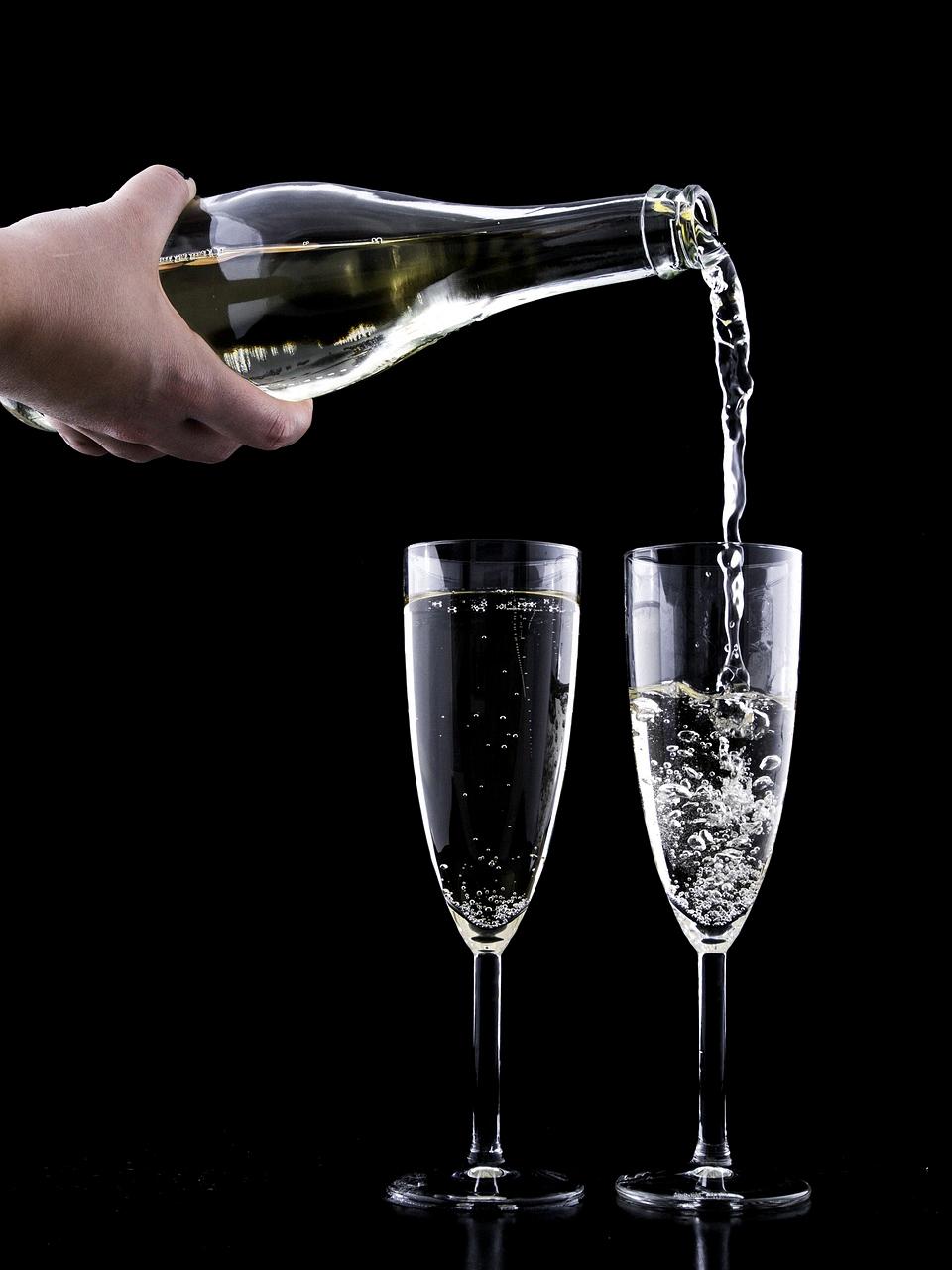When it comes to discussing alcoholic beverages, one question that often arises is whether Champagne can be considered a strong alcohol. To shed some light on this topic, let’s explore the facts and factors that contribute to the strength of Champagne and compare it to other popular alcoholic beverages.
The Alcohol Content
Champagne typically has an alcohol percentage of about 12.2 percent, which is slightly lower than the average alcohol percentage of red wine, which is around 12.5 percent. However, it is worth noting that alcohol percentages can vary slightly depending on the specific brand and type of Champagne.
Enjoyable Bubbly Characteristics
What sets Champagne apart from other alcoholic beverages is its unique effervescence and sparkling nature. The bubbles in Champagne add a delightful and lively quality to the drinking experience. While some people might assume that these bubbles indicate a stronger alcohol content, it is not necessarily the case.
Defining Strength in Alcohol
When referring to the strength of an alcoholic beverage, it is important to clarify what exactly is meant by “strength.” The alcohol content of a drink is one component, but there are other factors to consider, such as taste, body, and overall impact.
Perception of Strength
Perception plays a significant role in how we perceive the strength of an alcoholic beverage. For example, a shot of tequila or whisky may have a higher alcohol percentage than Champagne, but due to their concentrated flavors and the speed at which they are consumed, they may be perceived as stronger.
Alcohol Content Comparison
Although Champagne’s alcohol percentage is slightly lower than that of some red wines, it still falls within the average range for wines. However, it is crucial to consume any alcoholic beverage responsibly, keeping in mind the recommended serving sizes and personal tolerance.
Factors Influencing Champagne Strength
The strength of Champagne can also be influenced by factors other than alcohol content. For instance, the sweetness level, acidity, and the carbonation can impact the overall perception of strength, as these elements contribute to the flavor profile and mouthfeel of the drink.
Enjoying Champagne Responsibly
When indulging in Champagne, it is essential to do so responsibly. As with any alcoholic beverage, moderation is key. Savor the effervescence, appreciate the taste, and enjoy the celebratory nature of Champagne while being mindful of personal alcohol tolerance and limits.
Pairing Champagne with Food
Champagne’s versatility and acidity make it a fantastic companion for a range of foods. Its lightness and crispness often make it an ideal choice for seafood, cheese, appetizers, and desserts. Pairing Champagne with complementary dishes can further enhance the overall tasting experience.
A Lifestyle of Celebration
Champagne has long been associated with celebration, elegance, and special occasions. Whether it’s toasting milestones, birthdays, or simply enjoying a delightful evening, Champagne adds a touch of extravagance and glamour to any gathering.

The Verdict
In conclusion, while Champagne does have alcohol content comparable to other wines, it is not typically considered a strong alcohol in terms of perception and concentrated flavors. Its bubbly nature and effervescence contribute to the enjoyment of the drink, and when consumed responsibly, it can add a spark of sophistication to any occasion.
